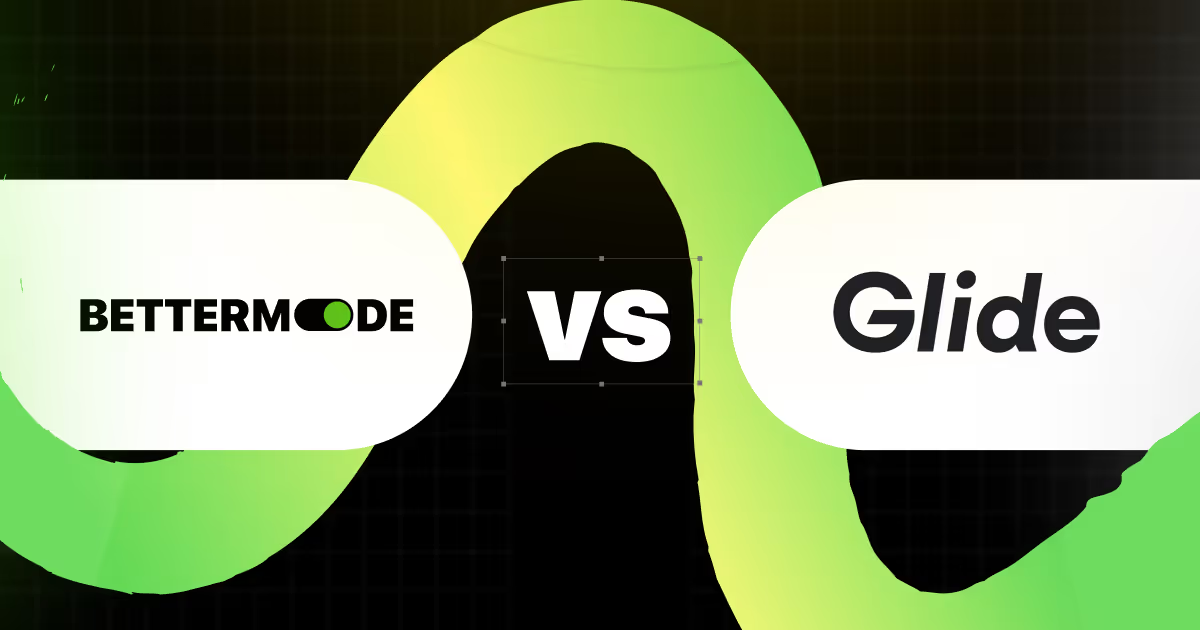Revolutionizing Product Development: Mastering Idea Boards for Innovation

As a product manager, you are constantly looking for product ideas and customer insights. Whether it's a new feature, growth and retention campaign, or process improvement, idea boards are robust tools to help you, your customers, and your team brainstorm, organize, and execute on feedback. But, with so many different tools available, where do you start? What are the best practices?
In this guide, we'll explore how product managers can build idea boards complete with best practices, tips, and tools to help you make the most. From setting goals and timers to collecting and validating customer feedback, we will cover everything you need to know to create effective idea boards that drive results.
So, let's dive in!
What are idea boards?
An idea board is a visual tool that allows product managers to collect, organize, and prioritize ideas for their product. It is a space where customers and team members can share their thoughts, suggestions, and feedback in real-time. Idea boards can also be used to track ideas at different stages of development.
Product roadmaps are also heavily influenced by the idea board since it directly reflects the voice of the customer.
An essential tool for product managers
Idea boards are an essential tool for product managers because they help to streamline the ideation process. By having all ideas in one place, product managers can easily identify patterns, trends, and areas for improvement. Idea boards also encourage collaboration and transparency, as customers can see what others are asking for and contribute their own ideas.
In addition, idea boards can be used to prioritize ideas based on their potential impact and feasibility. This helps product managers to focus on the most important ideas.

Best practices for creating idea boards
Defining goals and objectives
Before creating an idea board, it's important to define the goals and objectives that the board will help achieve. Without a clear purpose, the board can become cluttered and unfocused. Consider the following questions:
- What problem are we trying to solve?
- What are our objectives for this board?
- Who will be contributing to the board?
- What will be the success criteria for the idea board?
- What are the key metrics we can track?
By answering these questions, you can create a clear framework for the idea board that will help guide its creation and use.
Organizing and prioritizing ideas
Once the idea board is created, it's important to organize and prioritize the ideas that are contributed. This can be done through various methods, such as:
- Grouping similar ideas together
- Using labels or tags to categorize ideas
- Using a voting system to prioritize ideas
Product Hunt and Hackernews are popular examples of online communities that rely on upvotes to feature the trending posts.

Collaborating with customers
Idea boards are most effective when they are used collaboratively. Encourage customers members to contribute their ideas and feedback, and create a culture of open communication and collaboration. Consider:
- Setting regular check-ins to review the board
- Encouraging constructive feedback and discussion
- Assigning tasks and responsibilities to the internal team based on the ideas generated
- Keep customers updated with the progress by tying in product roadmap
- Make the idea board easily accessible to the customers (e.g., embedding within the product)
Using visuals and tags
Visuals and icons can help make the idea board more engaging and easier to understand. Consider using:
- Icons and tags to represent different categories or types of ideas
- Images, graphics, screenshots, and recordings to illustrate ideas
- Color-coding to highlight important information
Features to look for in an idea board
When selecting an idea board, there are several essential features that product managers should look for. These features include:
Customizable categories: The ability to create and customize categories is important for organizing ideas and ensuring that important ideas are not lost.
Voting and commenting: The ability for customers to vote and comment on ideas is crucial for collaboration and ensuring that the best ideas rise to the top.
Integration with other tools: An idea board that integrates with other tools, such as project management software like JIRA, can help streamline the product development process and make it easier to track progress.
Reporting and analytics: The ability to generate reports and analyze data is important for tracking the success of ideas and making data-driven decisions. For example, ideas collected from the community that moved to development phase and how they contributed to retention as well as new business acquisition.
Notifications: The ability to receive notifications when new ideas are added or when ideas are updated is important for staying up-to-date and ensuring that important ideas are not missed.

Streamlining the product development process
By selecting an idea board with these features, product managers can help streamline the product development process. Customizable categories can help ensure that ideas are organized and easy to find, saving time and reducing confusion.
Voting and commenting can help prioritize ideas and reduce the time spent on less valuable ideas. Integration with other tools can help ensure that all aspects of the product development process are connected and that progress is easily tracked. Reporting and analytics can help product managers make data-driven decisions, reducing the time spent on trial and error.
Notifications can help ensure that important ideas are not missed, reducing the risk of delays and missed opportunities. Overall, selecting an idea board with these essential features can help product managers save time, reduce confusion, and streamline the product development process.
Top platforms for creating idea boards
Bettermode
Bettermode is an all-in-one customer community platform that offers feedback collection and feature request as one of the templates to engage customers. It allows allows product managers to create idea boards to collect ideas from customers. The ideation space has simple and intuitive interface to capture and organize ideas, and it also provides tools for prioritizing and tracking feature requests.

With Bettermode, you can create custom idea boards and invite your team members to collaborate on them along with customers. You can also connect the roadmap template to share the progress of the ideas shared in the community.

Bettermode also integrates with popular project management tools like JIRA and CRM solutions like Salesforce.
JIRA integration helps product managers share the context around new feature development and move the ideas to development stage. The Salesforce integration helps you evaluate ideas shared by different customer segments. For instance, ideas shared by entry-level paying customers vs. enterprise customers.
Other integrations such as connecting project management tools like Asana can be achived using Zapier.
Pricing starts from $599/mo.
Canny
Canny is an idea management platform that helps product teams collect and prioritize customer feedback. This platform allows you to create idea boards where you can collect feedback from your customers. You can also use Canny to track the status of your ideas and communicate with your customers about their feedback.
Canny offers a range of features to help you manage your ideas, including voting, commenting, and tagging. You can also customize your idea boards with your company's branding and design.
Pricing starts from $360/mo.
UserVoice
UserVoice is a customer feedback and idea management platform that allows product teams to collect, analyze, and prioritize customer feedback. With UserVoice, you can create idea boards to capture feedback from your customers and team members, and you can also use the platform to track the progress of your ideas.
UserVoice offers a range of features to help you manage your ideas, including voting, commenting, and tagging. You can also use UserVoice to integrate with popular project management tools like JIRA and Asana.
Pricing starts from $799/mo.
Productboard
Productboard is a product management platform that allows product teams to capture, organize, and prioritize customer feedback and feature requests. With Productboard, you can create idea boards to collect feedback from your customers and team members, and you can also use the platform to track the progress of your ideas.
Productboard offers a range of features to help you manage your ideas, including voting, commenting, and tagging. You can also use Productboard to integrate with popular project management tools like Trello and Asana.
Pricing starts from $20/mo/person.
Aha!
Aha! is a product management platform that allows product teams to capture, organize, and prioritize customer feedback and feature requests. With Aha!, you can create idea boards to collect feedback from your customers and team members, and you can also use the platform to track the progress of your ideas.
Aha! offers a range of features to help you manage your ideas, including voting, commenting, and tagging. You can also use Aha! to integrate with popular project management tools like JIRA, Trello, and Asana. They also integrations with GitHub, Zendesk, Slack, Microsoft Teams, and more.
Pricing starts from $39/mo/person.
Pendo
Pendo is a product management platform that allows product teams to capture, organize, and prioritize customer feedback and feature requests. With Pendo, you can create idea boards to collect feedback from your customers and team members, and you can also use the platform to track the progress of your ideas.
Pendo offers a range of features to help you manage your ideas, including voting, commenting, and tagging. You can also use Pendo to integrate with popular project management tools like Trello and Asana.
Pricing starts from $2,000/year (source: Capiche). Pendo's website doesn't reveal any pricing data.
Conclusion
Using an idea board is an essential tool for product managers. It helps to organize ideas, prioritize tasks, and collaborate with customers. Idea boards play a key role in accelerating product development and improve the quality of the end product. By using an idea board, product managers can streamline their workflow and ensure that they are staying on track with their goals.






